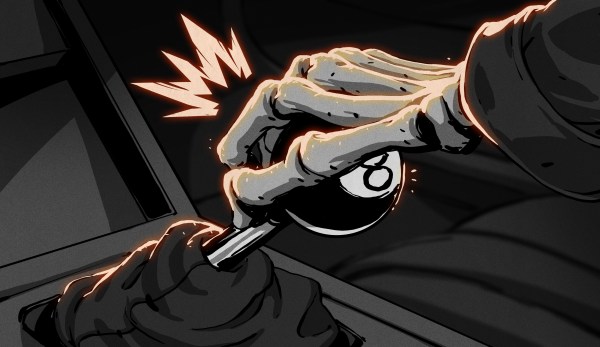Call me crazy, but I’m ride or die for manual transmissions. I drove enough go-karts and played enough Pole Position as a kid to know that shifting the gears yourself is simply where it’s at when it comes to tooling around in anything that isn’t human-powered. After all, manuals can be roll-started. A driver has options other than braking and praying on slippery roads. Any sports car worth its rich Corinthian leather (or whatever) has a manual transmission, right? And you know that Rush’s Red Barchetta ain’t no automatic. Face it, shifting gears is just plain cooler. And it’s not a chore if it gets you more, although the fuel efficiency thing is a myth at this point.
You can imagine then my horror at the idea that someday within my lifetime, most cars will be twist-and-go electric go-karts. As the age of the combustion engine appears to draw to a close (no, seriously this time), there’s just one thing keeping the door open — marked enthusiasm for manual transmissions. From Audi to the Nissan Z, automakers report that the take rate for manual transmissions is quite high in the US, despite the death knell that has been tolling for two decades or so. Two models of Honda Civic are manual-only. This phenomenon isn’t restricted to sports cars, either — the 2022 Ford Bronco comes in a seven-speed manual, and has seen a take rate over 20%.
Continue reading “EV Sales Sticking Point: People Still Want Manual Transmissions”
















